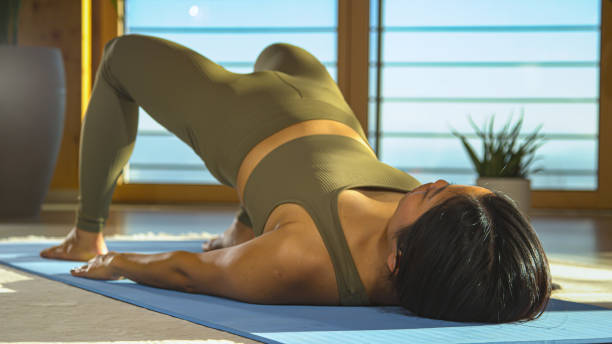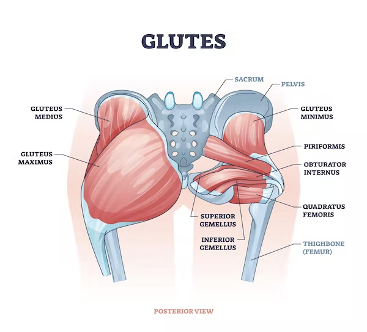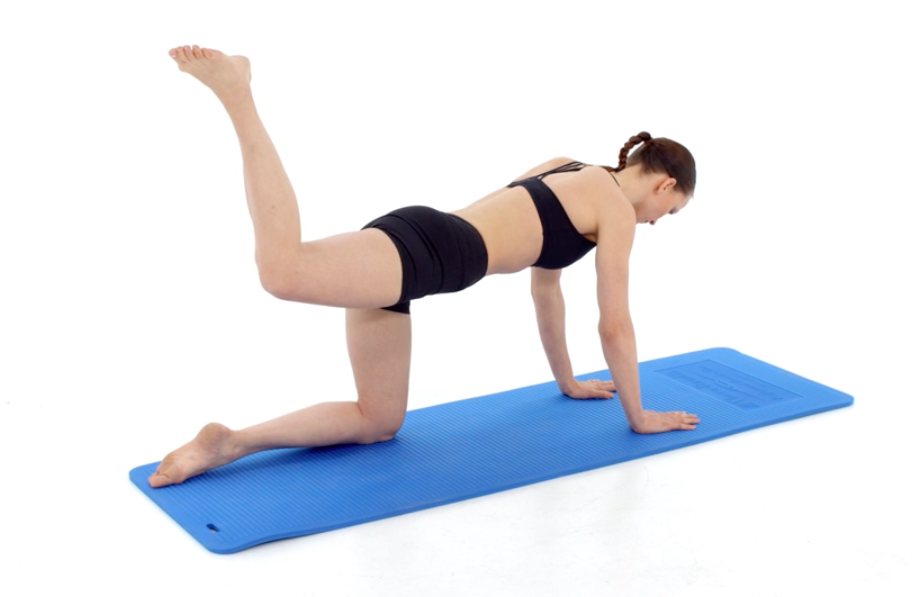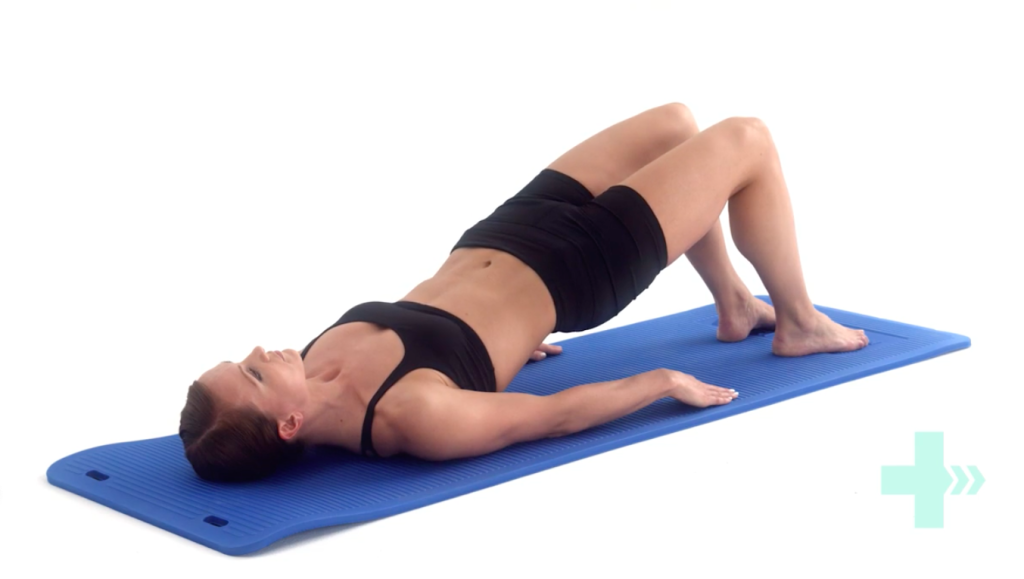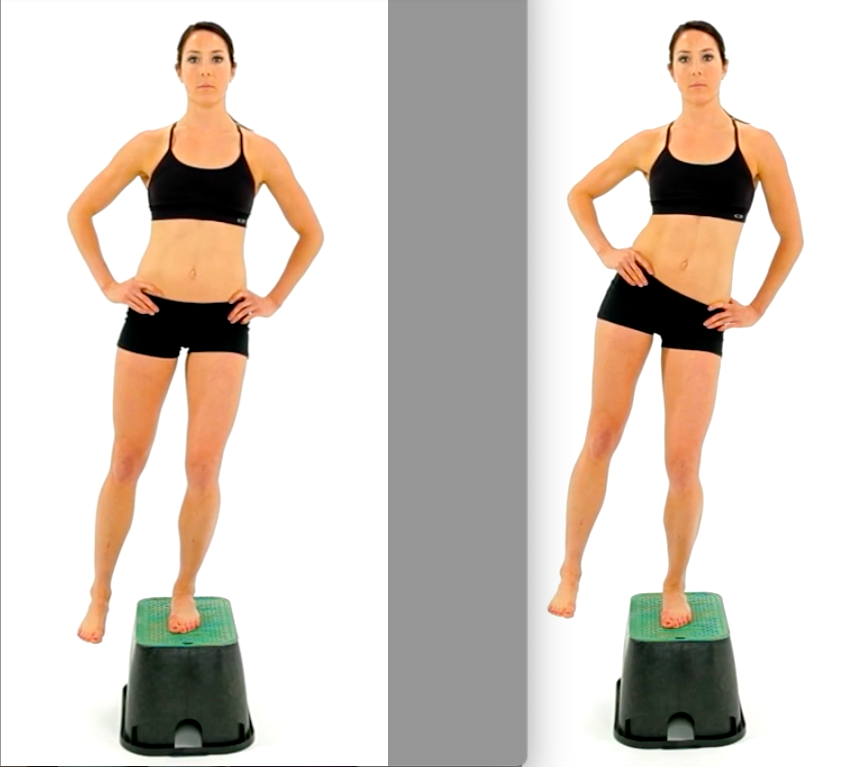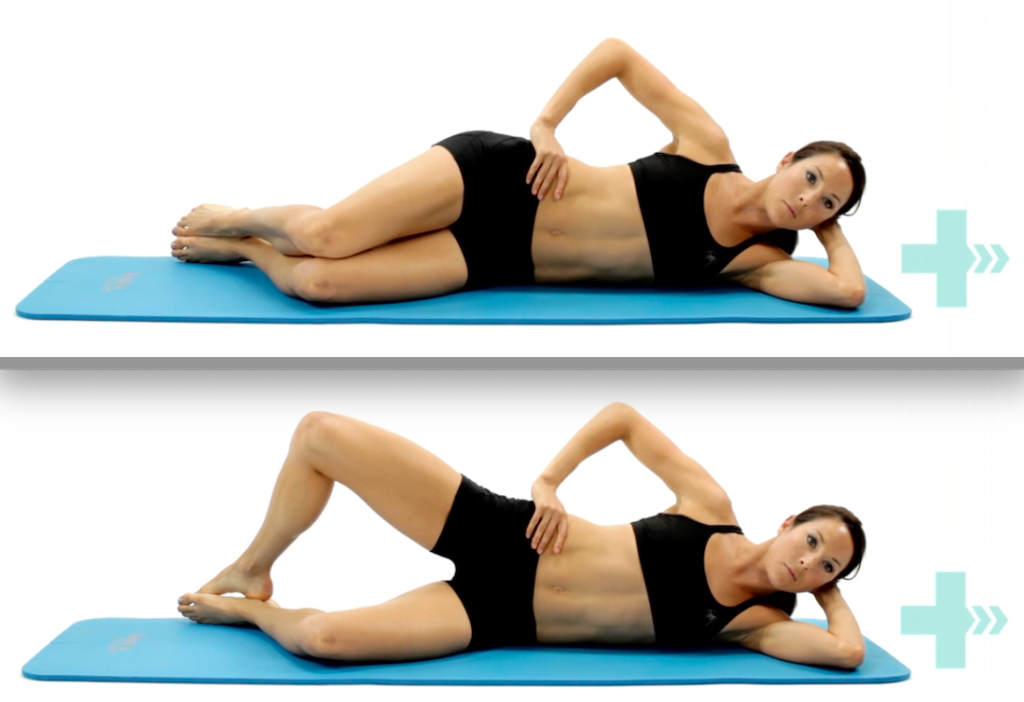Booty Benefits: Importance of glute strength and why you should care
Posted on April 3rd, 2023 by Andries Lodder
The gluteal muscles, commonly referred to as the glutes, are some of the largest and most powerful muscles in the human body found in the buttocks. These muscles are responsible for several important functions, including providing stability to the hips and pelvis, supporting the lower back, and facilitating movement in the leg and feet during our activities of daily living or playing our favourite sport.
Having weak glutes (gluteal muscles) can have a variety of effects on the body, including:
Poor posture: The glutes are essential for maintaining good posture. When they are weak, the lower back and hip muscles can overcompensate, leading to a misalignment of the spine, pelvis and lower body.
Knee pain: The glutes play an important role in stabilizing the hips, which in turn helps to stabilize the knee joint. Weak glutes can lead to an imbalance in the muscles around the knee, which can result in knee pain or injury.
Lower back pain: Weak glutes can cause the lower back muscles to overwork, leading to lower back pain and discomfort.
Decreased athletic performance: Strong glutes are important for many athletic activities, including running, jumping, and cycling since they produce a lot of torque in the hips. Weak glutes can reduce power output, speed, and endurance.
Hip pain: The glutes are responsible for maintaining hip stability and proper alignment. When they are weak, the hip joint can become unstable, leading to pain and discomfort.
Increased risk of injury: Weak glutes can lead to an increased risk of injury, particularly in the lower body, as other muscles compensate for the lack of strength and stability in the glutes.
There are 3 main gluteal muscles, gluteus maximus, medius and minimus, which are the big torque producing muscles of the hip and pelvis. Supplementary to the glutes, there are smaller stabilizing muscles deeper than the glutes that support the main functions of the glutes.
The gluteus maximus is the largest of the three muscles and is responsible for extending and externally rotating the hip joint. This muscle is used in movements such as walking, running, jumping, and climbing.
The gluteus medius is located on the side of the hip and is responsible for abduction (pulling your hip away from the body) of your hip and stabilizing the pelvis during walking. This muscle is also important for balance and maintaining good posture.
The gluteus minimus is the smallest of the three muscles and is located underneath the gluteus medius. This muscle is responsible for hip abduction and medial rotation of the hip. It helps keep your pelvis aligned when walking ensuring there is good weight transfer.
In addition to the main gluteal muscle, there are deep hip stabilizing muscles buried deep in the pelvis that assist in rotating the hip and stabilizing the pelvis.
Exercises to help strengthen your gluteal muscles:
Straight Leg Kickbacks
- Start on your hands and knees, with your hands directly under your shoulders and your knees under your hips.
- Extend your right leg straight back behind you, keeping it in line with your hip. Your foot should be flexed.
- Engage your glutes and lift your leg up as high as you can, while keeping it straight.
- Hold for a moment, then lower your leg back down to the starting position.
- Repeat for the desired number of reps, then switch to your left leg
Glute Bridge
- Lie down on your back with your knees bent and feet flat on the ground, hip-width apart. Keep your arms at your sides.
- Engage your core and glutes, and slowly lift your hips off the ground, pushing through your heels.
- Keep your shoulders and upper back on the ground and continue to lift your hips until your body forms a straight line from your knees to your shoulders.
- Pause for a few seconds at the top of the movement, squeezing your glutes.
- Lower your hips back down to the starting position, but don’t let them touch the ground.
- Repeat for desired number of repetitions.
Hip Hikes
- Stand on a step with one leg hanging over the edge
- Keeping the standing leg straight, lower the hanging leg below the step line by laterally tilting your pelvis
- Lift the hip back up to just higher than the step line
- Repeat the entire sequence for the desired number of reps
Clams
- Lie on your side with your legs bent at a 90-degree angle and your feet together.
- Place your top hand on your hip to stabilize your pelvis.
- Keeping your feet together, lift your top knee as high as you can without moving your pelvis or lower back. You should feel the contraction in your outer hip area.
- Hold the position for a second or two, then lower your knee back down to the starting position.
- Repeat for the desired number of repetitions, then switch sides and repeat on the other leg.
Tweet
